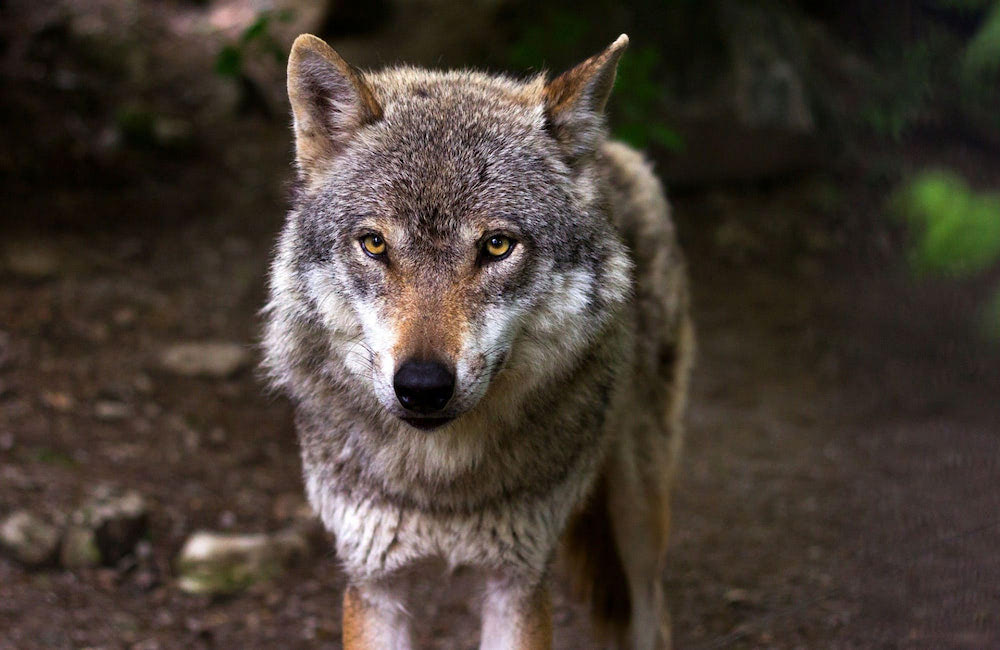
It's cold, the icy wind blows across the plains and mountains and nature bends under its staggering breath. Alone or in packs, the wolves run through the night, braving the natural world around them. Although wolves have been making a comeback for some time, they are rarely seen because they are fearful.
Often hunted by man, the wolf has a long history of struggle and resistance. However, thanks to the 1993 Bern Convention, the wolf is now a protected species, so its history can evolve.
If we think we know the wolf, we are far from imagining that it is more mysterious and complex than we can imagine. That's why Fauna would like to bring you this little focus on this mysterious and prestigious character of the forest and mountains.
Wolves originally came to France from Italy. Today, even if the gray wolf is not threatened with extinction, due to its wide distribution across many territories, certain other wolf species are classified as vulnerable by the IUCN (International Union for Conservation of Nature), and are thus in danger of extinction in certain regions of the globe, particularly in France.
Why are wolves so endangered?
"I fought, I thought I'd won, but I'm still fighting": this is the story of the wolf, its adventure through the ages. For a long time, wolves were hunted by man in Western and Eastern Europe because they were considered dangerous. Indeed, many stories and legends led to the belief that wolves were dangerous. One of these is the story we all know and have read: "Little Red Riding Hood".
But beyond that, it's important to understand that every species has its place in the world, and wolves are important, as France info tells us in its report, for 3 main reasons:
1. Ils régulent certaines espèces
Wolves regulate species which, in excess, could harm biodiversity, such as deer or wild boars. In 1995, for example, the reintroduction of the wolf in Yellowstone park thus made it possible to reduce the number of wapitis which, before, destroyed large areas of vegetation, threatening the birds and the beavers who lived there.
2. They feed the ecosystem
Wolves spread the carcasses of their prey over large areas, making it easier for eagles, lynxes, weasels, beetles and other scavengers to feed. These carcasses also benefit the soil. They provide nutrients such as nitrogen.
3. Killing pack leaders increases the risk of attack
When the wolves killed are dominant males, this can lead to the dispersal of their pack. Lone wolves must then hunt alone, and are more likely to attack domestic animals. The wolf is still considered "endangered" in several regions, such as the Alps, Scandinavia and Germany.
A number of organizations are now taking action to protect them: ASPAS, FERUS, Klan du Loup and the Society for the Protection of Wolves, all of which are fighting to protect wolves in Europe, and of which Fauna is a partner. Everyone is doing their bit to help, and this involvement gives us hope.
A jewel, protection, facts, animals... Fauna's mission is to contribute to the protection of wolves while giving meaning through its spirit animal.
